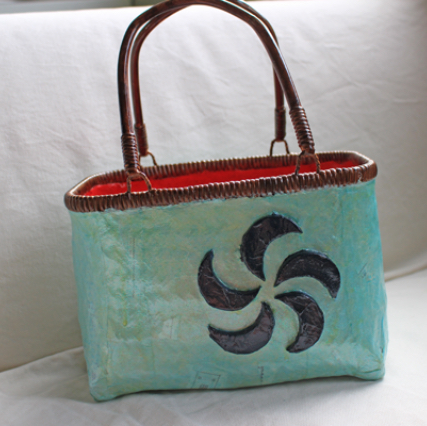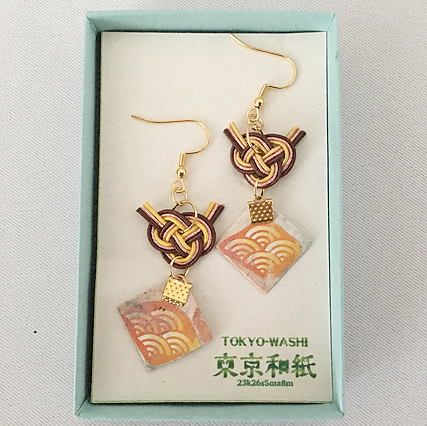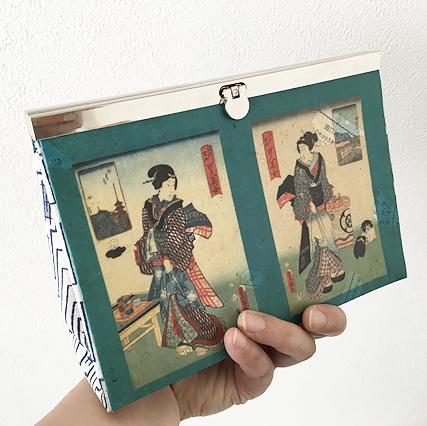




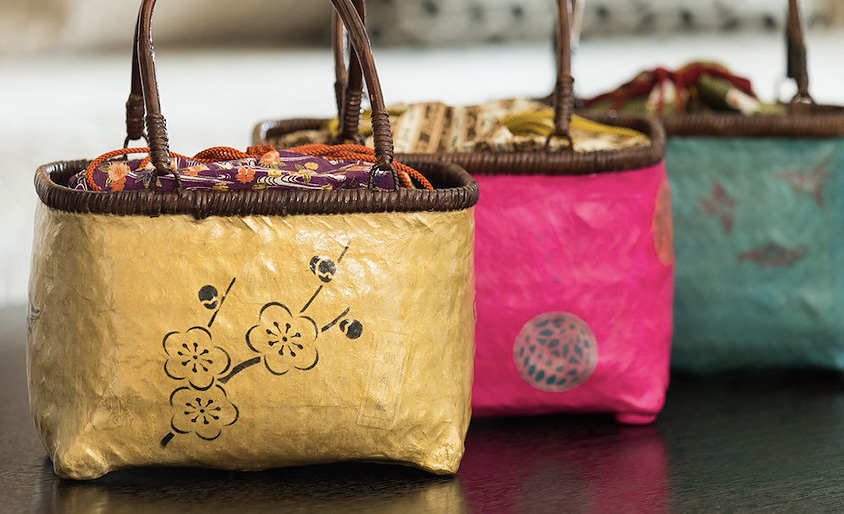
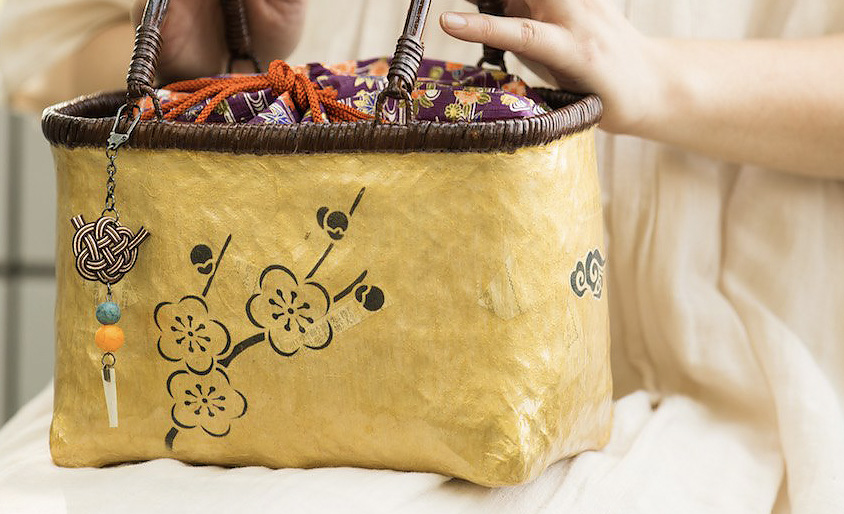
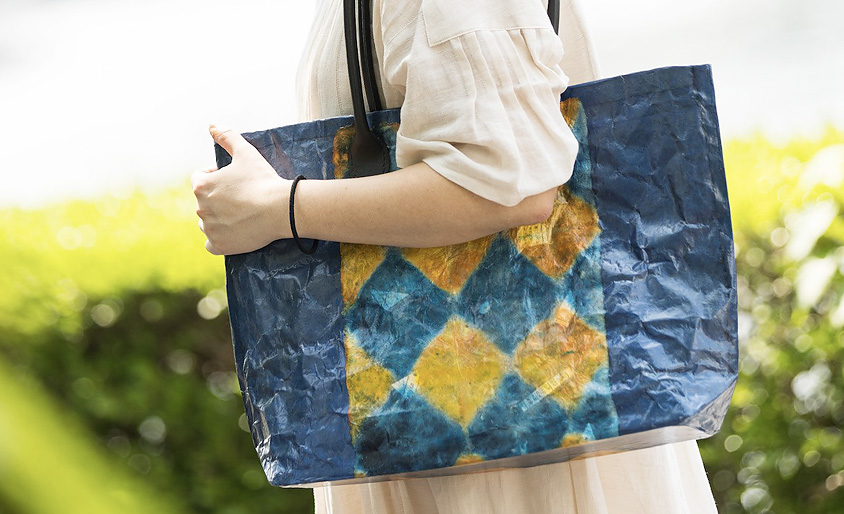
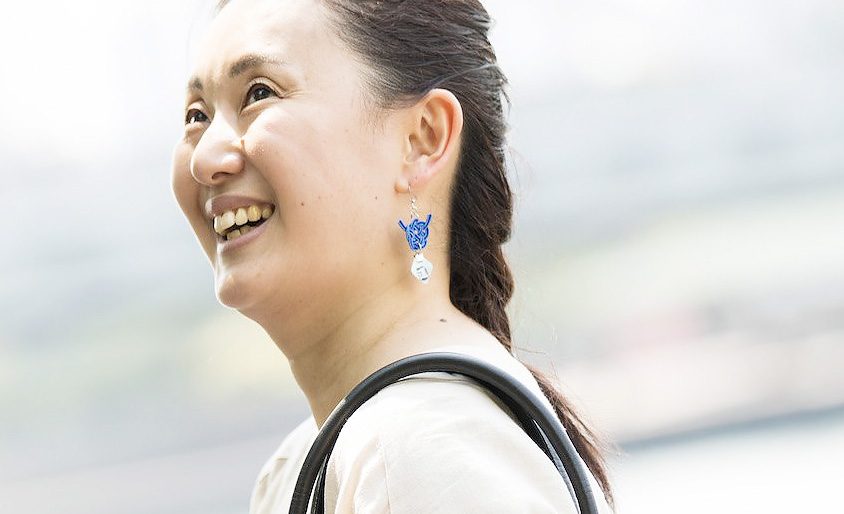


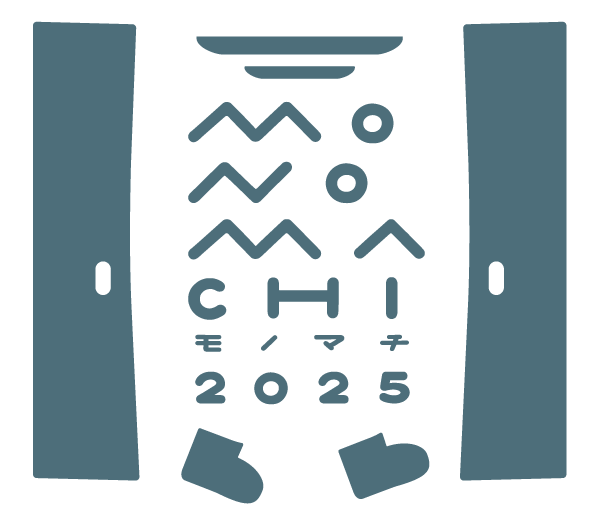
In “All Tokyo Handmade”, craftsmen in Tokyo are making washi with kozo from Tokyo, as well as tap and underwater from Tokyo.
The craftsmen help grow the plants and conduct the process to make the material from the raw materials by hand. Even more, they manufacture the products by hand, too.




 Make
MakeWe are holding workshops and events that provides opportunities to experience the real papermaking and to make their original washi.
Furthermore, we are planning and conducting events that have “making + ɑ”, such as a tour on which participants can make goshuincho (stamp book) and collect some goshuin (stamps) in shrines and temples.
We are not only providing opportunities to make washi but also introducing the history and the meanings of each tool and process, so these events are popular for both Japanese and foreigners.

 Enjoy
EnjoyWe are holding workshops and events that provides opportunities to experience the real papermaking and to make their original washi.
Furthermore, we are planning and conducting events that have “making + ɑ”, such as a tour on which participants can make goshuincho (stamp book) and collect some goshuin (stamps) in shrines and temples.
We are not only providing opportunities to make washi but also introducing the history and the meanings of each tool and process, so these events are popular for both Japanese and foreigners.

 Eat
EatOnly kozo bark is used to make washi, so we are proposing to eat its flowers, fruits, and leaves (usually these parts are disposed).
We have been making tea and recipes for sweets using kozo leaves, as well as planning and having collaboration events that make dishes made from the flowers and sprouts of tororo aoi with other ingredients.
Tororo aoi is also called “Hanaokura” and sold as a vegetable in some places.
We are not only making and using washi but also planning the programs that people can enjoy with other perspectives.
The process to make Tokyo Washi is devided into 8 steps.
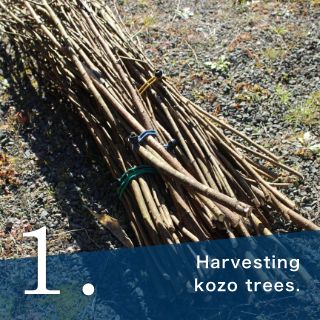
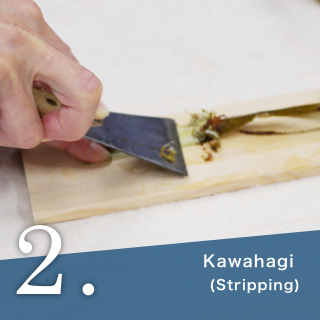
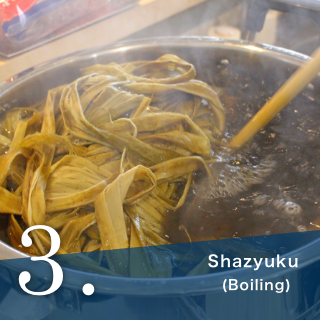
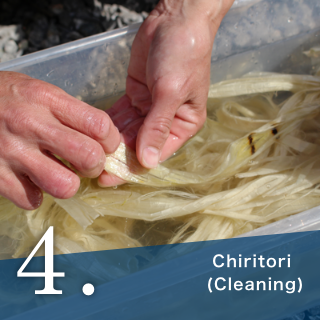
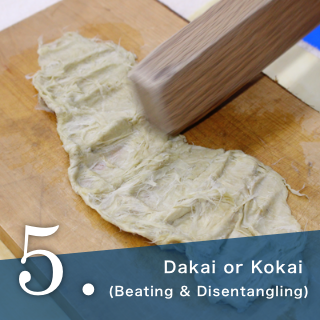
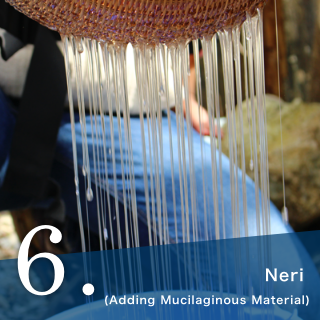
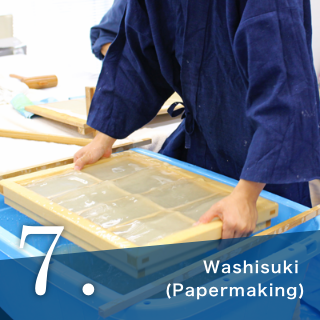
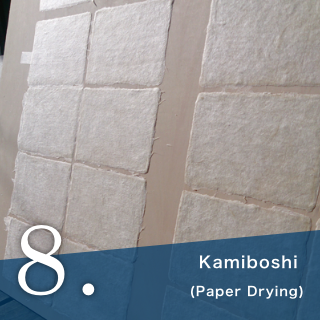

Asakusagami with Melancholy -Thinking about the Craftsmen in Edo-
Do you know that washi was being made at the center of Tokyo in the past?
Washi is usually made in the depths of the mountains.
The reasons of its location are “transportation” and “water”.
Kozo, the main material of washi, grows on the mountains.
After harvesting kozo, transport can be costly unless washi is manufactured near the mountain.

“Chic” or “Gauche”? What is “Hiyakashi”-An Anecdote with Washi-
Do you know that the word “hiyakashi” (only looking and not buying things in the store) came from “Yoshiwara” and “washi”?
In the Edo period, it was common all over Japan to reuse washi.
Washi is traditional Japanese paper, which was really expensive at the time.
